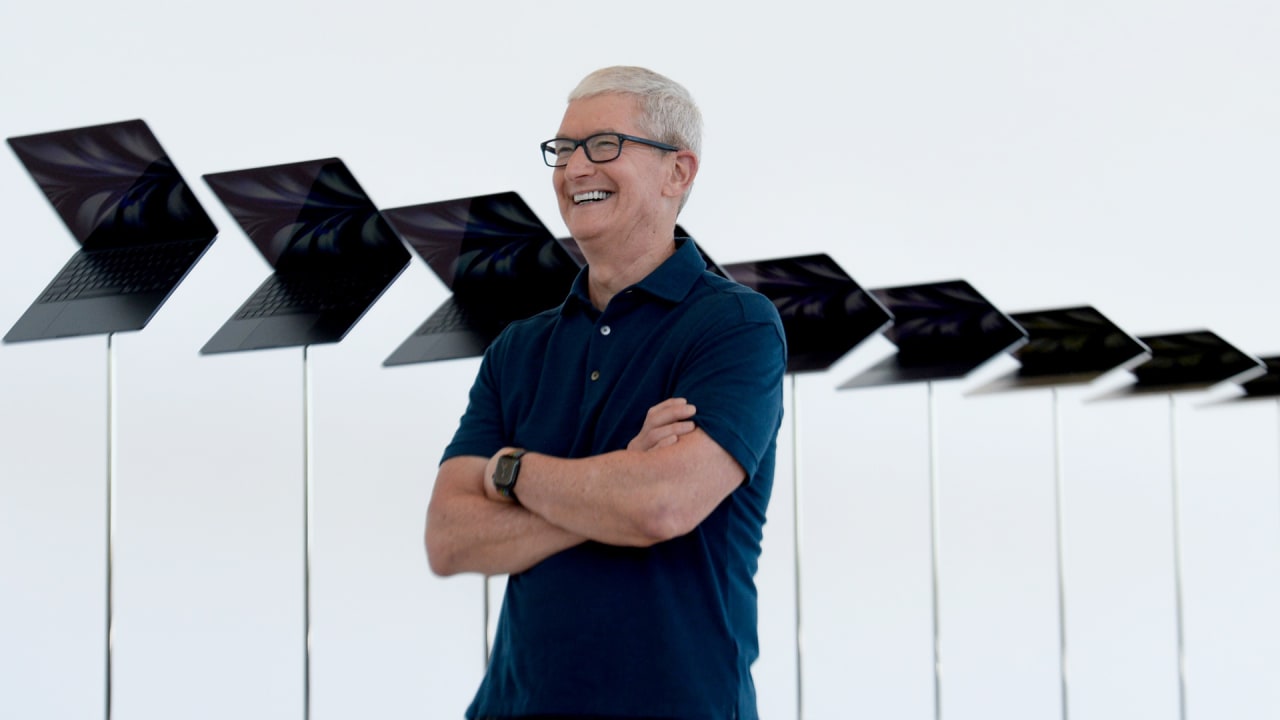[ad_1]

Once upon a time, Apple’s business was centered around the Mac, and nobody expected the company to update its operating-system software more frequently than once every other year or so.
For example, the Mac’s OS X Tiger update arrived in April 2005–and its successor, OS X Leopard, didn’t show up until October 2007. (It even got delayed because Apple needed to divert resources to a new product called the iPhone.) The next version, Snow Leopard, debuted in August 2009, followed by Lion in July 2011.
In case you didn’t know, the Mac is now only one of Apple’s computing platforms. The iPhone, iPad, Apple Watch, and Apple TV all have their own operating systems. And over the past decade or so, Apple has updated all of these devices’ operating systems every year, previewing the new versions at its WWDC keynote and then releasing them in the fall. Even for a company with bountiful resources at its disposal, it’s an enormous amount of work to pull off all at once—and year after year.
As Apple has gotten all its operating-system ducks in a row, its platforms have felt more and more like a matched set. That’s never been more true than with the updates announced at Monday’s WWDC keynote, which were less about five standalone pieces of software than a single experience that spans all of them whenever possible.
Consider all these pieces of news:
- Stage Manager, an all-new new interface for wrangling multiple apps and their overlapping windows, is coming to both MacOS Ventura and iPadOS 16.
- iOS’s new Lock Screen customizations clearly draw considerable inspiration from how watch faces work on the Apple Watch, and the interface for choosing them is remarkably similar.
- People without Apple Watches will still be able to use Apple’s Fitness app on their iPhones, turning the smartphone into a sort of Apple Watch you don’t wear on your wrist.
- Apps such as Mail and Messages are getting new features that will debut on the iPhone, iPad, and Mac as soon as their updates are available this fall.
- Freeform, a new Apple app for collaborative whiteboarding, is coming to the iPhone, iPad, and Mac.
- Apple’s Weather app, long an iPhone mainstay, will finally make its way to the iPad and Mac.
- Apple’s most neglected operating system, the Apple TV’s tvOS, isn’t receiving much in the way of new features—but some of what it will get, such as support for Nintendo Switch game controllers, will also be available on other platforms.
I could go on. In short, if it made sense for something new to span more than one Apple operating system, it probably did—to a much more comprehensive degree than in past WWDC keynote reveals. (One notable exception: iOS 16’s new new Lock Screen customizations aren’t replicated in iPadOS 16, though it seems a good bet that they’ll show up next year in iPadOS 17–and maybe even MacOS.)
For the most part, the zeal with which Apple is bringing its multiple platforms in alignment is a positive development for everyone involved. If a feature is new and smart, wouldn’t you want it to be available everywhere you might find it useful? This increasing consistency is also a way for Apple to encourage customers to use more of its products, since it spreads familiar experiences throughout the portfolio. The more a Mac has in common with an iPhone, after all, the more inviting a purchase it might be for an iPhone fan who’s previously used Windows PCs.
Still, I can’t help but wonder if Apple’s unification push could lead it to connect some dots that might be better left alone. Consider Stage Manager. During the MacOS portion of the WWWDC keynote, Apple software chief Craig Federighi pitched the new feature as addressing the age-old Mac frustration of working with so many apps that you end up with an overwhelming profusion of floating, overlapping windows. That made sense. But on the iPad, floating windows overload isn’t an existing problem to solve, since the platform has never let windows float or overlap. Only with Stage Manager’s arrival will they do so at all.
Federighi didn’t really articulate why windows should float and overlap on an iPad—at least if it’s not plugged into a big external monitor, where the tablet’s traditional tiled, full-height apps may not make effective use of expansive real estate. Nor is it entirely clear how Apple will reconcile MacOS and iPadOS’s existing, essentially unrelated windowing interfaces with their new shared Stage Manager features.
Much of the early reaction I’ve seen to Stage Manager from smart iPad users has been critical. It’s still a beta feature that could evolve further before Apple ships iPadOS 16 in the fall, so it’s too early to render any sort of definitive verdict, But until now, Apple has been remarkably successful at keeping the Mac and iPad quite different. Does Stage Manager represent the dawn of a new era where the company cares less about platform differentiation and more about making use of new ideas everywhere it can?
It will take more than one year’s worth of operating-system upgrades to answer that question—but it could be critical to the future of Apple products.
[ad_2]
Source link

